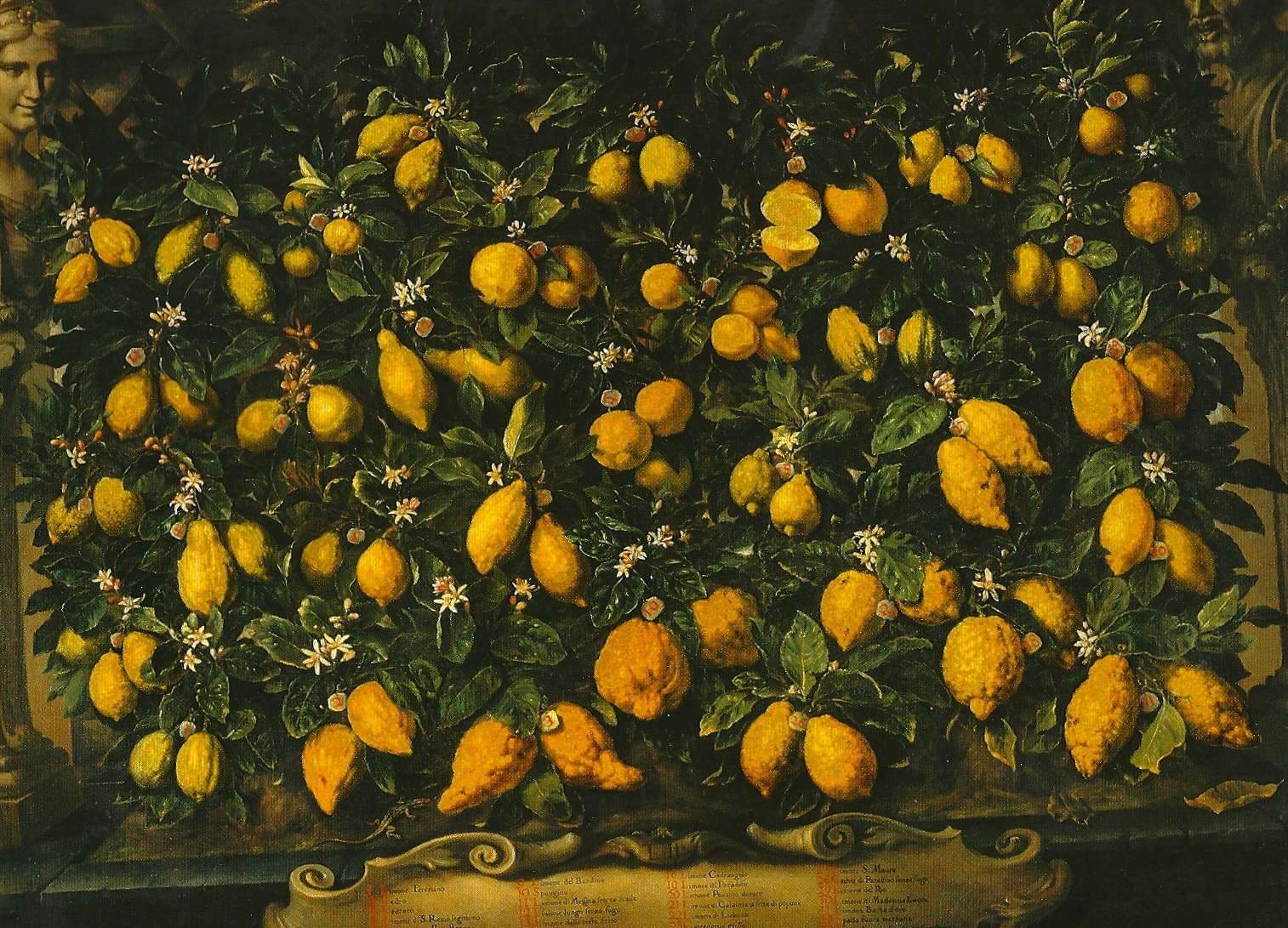The Château du Clos Lucé in the town of Amboise presents the exhibition Léonard de Vinci et les parfums à la Renaissance from June 7 to September 15, 2024.This is a multisensory experience in the world of perfumes, exploring the figures of Leonardo da Vinci (Anchiano, 1452 - Amboise, 1519) and his mother, Caterina di Meo Lippi. The exhibition investigates Leonardo’s interest in perfumes through his research on the sense of smell and his scientific discoveries regarding their composition. The event, curated by Carlo Vecce and Pascal Brioist, was conceived and realized under the direction of the Château du Clos Lucé. On this occasion, the cultural heritage of Leonardo’s mother, a freed slave from the East, who influenced the life and work of the genius, is revealed. Originally from Circassia, a region west of the Black Sea, Catherine was kidnapped and sold as a slave to Constantinople, Venice, and finally Florence, where she met Leonardo’s father. Beyond the fields of art, science and engineering, Leonardo da Vinci showed a keen interest in the sense of smell and fragrance. His writings testify to his passion for the science of smell and the possibility of developing a discipline comparable to that of sight or hearing. He jotted down scented recipes using techniques such as distilling flowers or bark. In the Codex Atlanticus, preserved in the Biblioteca Ambrosiana in Milan, there is a drawing of a Cypriot bird, a decorative incense burner, fashionable during the Renaissance. Guests will also be able to smell the black amber necklace of the Lady with an Ermine, removed from its frame, and realize the diversity of scented objects during the Renaissance. Through several thematic rooms, visitors are transported to the key eras and places in the lives of Catherine and Leonardo. It starts from the perfume markets of Constantinople and Venice, through apothecary stores, Leonardo’s native Tuscany, his workshop in Florence, the Sforza court in Milan, and finally the court of Francis I.
Based on research by Professor Carlo Vecce, the room recreates Catherine’s olfactory universe. The many uses of perfumes in Constantinople are illustrated: religious, healing, medical, and food. The markets of the Byzantine capital, before its fall in 1453 at the hands of the Ottomans, offered Genoese and Venetian merchants spices, cinnamon, pepper, musk, frankincense, myrrh, hyssop and other oriental scents. Venice, connected to Constantinople through its apothecaries, was the site of a double revolution in perfume. Indeed, it introduced Aleppo soaps, which replaced animal fat with vegetable fat (olive oil), and it fostered the transition from ointments (essential oils embedded in oily material) to perfumes diluted in alcohol. The sensory universe of Leonardo’s childhood is also evoked by the plants and trees of Tuscany and Florentine gardens: lemons, oranges, olives. His upbringing stimulated Leonardo’s interest in nature and the study of flowers and plants, the basis of his research into odor extraction processes. An innovative olfactory device highlights the maceration and distillation techniques described by Leonardo in his codices:
“Put almonds stripped of their skins among bitter orange blossoms, jasmine, privet or other fragrant flowers and change the water every so often, renewing the flowers so that the almonds do not take on a musty odor. Solvents. Removes ammonia,” Codex Atlanticus, fol. 195v
“Remove the yellow surface that covers the orange, distil it in a still until the extract can be said to be perfect,” Forster Codex I, fol. 44v
In addition, a Leonardian kitchen garden, was recreated by researchers Andrea Bernardoni and Alexander Neuwahl, and presented alongside a reconstruction of Leonardo’s workshop, where various smells are mixed. This installation provides an opportunity to reveal that Leonardo also wrote about smells he considered unpleasant, such as the smell of walnut oil. The fourth room of the exhibition, on the other hand, shows how perfume played an essential role in the suntuary codes of Renaissance nobles, with a focus on female figures of the Italian Renaissance such as: Cecilia Gallerani, mistress of the Duke of Milan, and Beatrice d’Este, wife of the Duke. In the fifth and final room, we discover the France of Francis I. If by the 15th century France had its own perfumers, Italian fashion quickly spread here as well. The inventories of apothecaries, registers of therapeutic formulas and collections of recipes are displayed to highlight the use of medicinal perfumes. The public will be able to smell a small container of aromatic substances and sachets of violet powder, used to perfume linen trunks. In addition, rosaries show the religious use of perfumes. Fragrant substances could be made directly into beads of various shapes using molds. Perfumes have always been associated with the religious sphere and used in prayer rituals, masses, and fumigations.










 |
| An exhibition on the perfumes of Leonardo Da Vinci at Clos Lucé |
Warning: the translation into English of the original Italian article was created using automatic tools. We undertake to review all articles, but we do not guarantee the total absence of inaccuracies in the translation due to the program. You can find the original by clicking on the ITA button. If you find any mistake,please contact us.